We include products in articles we think are useful for our readers. If you buy products or services through links on our website, we may earn a small commission.
The Dr. Ken Berry Carnivore Diet: 21 Tips and Food List

The Dr. Ken Berry carnivore diet is an approach to reclaiming health and wellness by eating only high-fat, low-carb animal products.
Table of Contents
Who is Dr. Ken Berry?
Dr. Ken Berry is a popular keto and carnivore advocate with over 2.3 million YouTube followers. He is known for his straight talk about how keto and carnivore diets can be the ticket to health.
Dr. Berry’s interest in keto and carnivore diets is inspired by his decades of work as a family doctor in rural Tennessee. Dr. Berry says, “I’ve seen so much suffering and heartache, all because of the unnecessary complications of diseases caused by our modern diet. Well, I’ve had enough!” Now he’s on a journey to cure Type 2 Diabetes, Obesity, Fatty Liver, Depression, and Hyperinsulinemia.
After practicing a ketogenic diet for over a decade, Dr. Ken Berry transitioned to an all-meat carnivore diet in 2020.
Dr. Berry says that he refines his carnivore approach by taking comments and questions from readers and viewers. He then researches and experiments on himself to come up with answers and guidance.
You can watch Dr. Kiltz in conversation with Ken Berry below:
21 Tips for Success on the Dr. Ken Berry Carnivore Diet
Dr. Ken Berry’s approach to the carnivore diet is defined by these 21 tips and insights. Let’s dig in.
1 Commit to a time period (30-90 days)
Dr. Berry strongly recommends committing to a time period of at least 30 days. 60-90 days are even better goals for those of you with a more developed self-discipline muscle.
Berry himself started with carnivore by doing a 30-day challenge on his Facebook page. He quickly found that it was more effective than keto so he simply kept tacking on months. This personal, experimental approach was also how another prominent carnivore doctor Shawn Baker got hooked on the all-meat way.
Berry points out that though many people notice benefits in days, other benefits take weeks, if not months, to materialize.
There’s also the reality of an adjustment period that can come with some side effects. Having a longer runway can give you the motivation to stick it out as our body adjusts.
2 Eat Until You’re Comfortably Stuffed
When you eat a carnivore meal, eat until you’re comfortably stuffed.
Berry points out that “feasting” is how our ancestors ate. Food was only fresh for a short period of time, and it was highly nutritious. There was no such thing as overeating.
But in the modern West, we’ve become overly worried about portion size and calorie counts–this only makes sense if you’re eating grains, sugar, and processed junk.
On Dr. Ken Berry’s version of the carnivore diet, you don’t worry about calories.
In the beginning, this might mean eating even more than what’s comfortable since we’re not used to properly feasting.
3 Eat from 1-3 times a day
Eat 1-3 full meals with no snacking in between.
Most people coming from a standard American diet are used to 3 meals plus snacks. So beginning carnivore with three meals and no snacks will be a significant change.
Most carnivore dieters soon discover that fatty meats are so satiating that you really only need one or two meals a day. This sets up a spontaneous intermittent fasting regimen.
4 Focus on Fatty Meat
Focus on fatty meats like marbled cuts of steak, lamb chops, and fatty fish.
Dr. Berry recommends at least a 1:1 ratio between fat and protein in terms of weight. Since fat has twice as many calories as protien per gram, this brings you to a 2:1 fat-to-protein ratio in terms of calories.
Keep in mind that a carnivore diet is a no-to-low-carb ketogenic diet. Without carbs, you’ll need to get the majority of your calories from fat.
However, Dr. Berry says that there’s really no need for exact measurements. Just guestimate and experiment a little to see what ratio works best for you.
If you’re trying to lose weight, reduce fat to a 1:1 caloric ratio.
5 Transition Slowly
If you’re coming from a high-carb Western diet, transition slowly to carnivore. You don’t have to turn off the carbs cold turkey.
Certainly, cut out all processed foods and added sugars right away. But give yourself 1-4 weeks to completely cut out all carbs. There will be carb-withdrawal symptoms.
Your stomach, gallbladder, and liver will take some time to adapt to breaking down more fat and protein.
On a high-carb diet, your stomach gets lazy and loses acidity. Meat requires a 1.3-2.0 pH. In contrast, carbs and grains are broken down with a pH of 3-5. It will take some time for your acidity to increase.
Likewise, your gallbladder will take some time to upregulate the bile necessary for metabolizing a higher fat load. On a low-fat, high-carb diet, the smooth muscle of the gallbladder gets week. It needs time to strengthen and as Dr. Berry says, “blow out the sludge.”
Your liver is another organ that will take some to adapt by storing up bile in its bile ducts.
During this transition period you may experience some temporary carnivore diet diarrhea.
6 Cook with animal fats
Throw away all vegetable oils and shortening. Industrial “vegetable” seed oils are toxic, inflammatory, and maybe the most dangerous dietary substance out there.
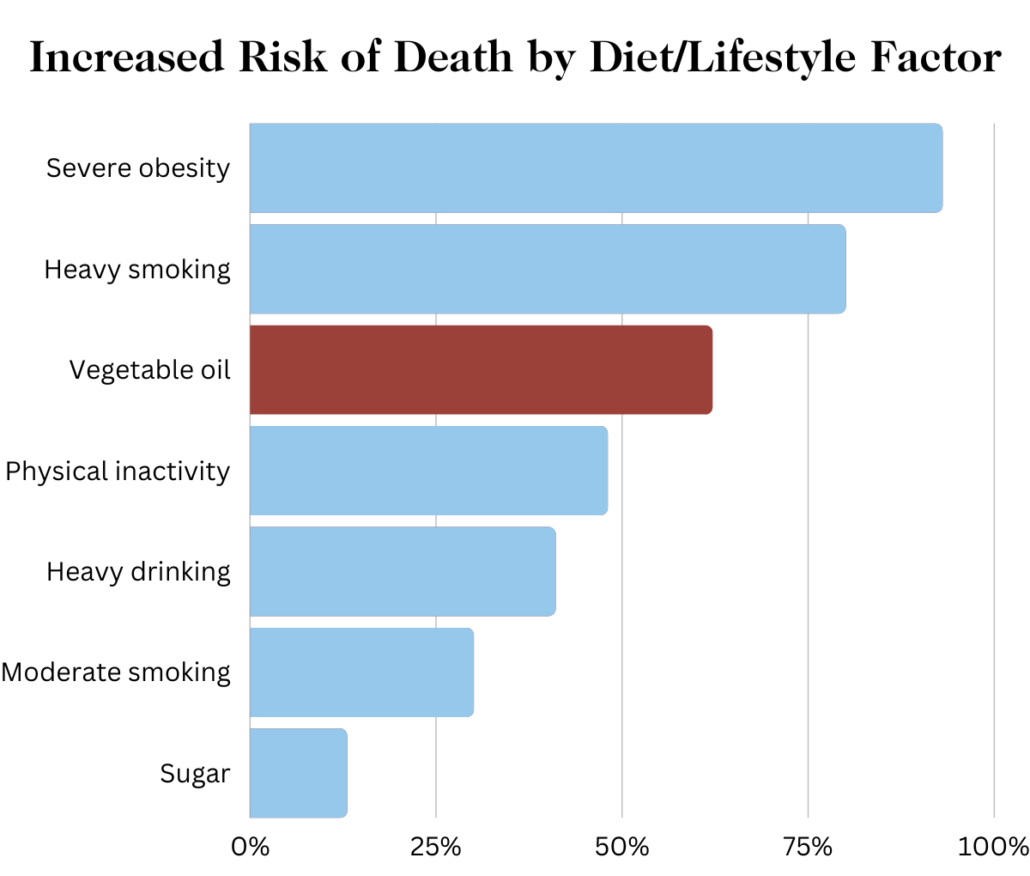
Healthy carnivore diet cooking fats include:
Cooking with animal fats increases your fat-to-protein ratio and boosts your intake of fat-soluble vitamins and minerals.
7 Salt liberally
Use real salt that’s protected from ocean pollution and contaminants.
Do not be afraid of salt. When you cut carbs, your body will flush sodium and other electrolytes.
Salting liberally will help stave off carbohydrate withdrawal symptoms by supplying your body with proper sodium and chloride balance.
8 Clean out the pantry and the fridge
Get rid of all food that is not strictly carnivore diet food.
It’s much easier to resist eating something that isn’t in your house than to fight the urge to open your fridge or cupboard.
Tell friends and family about your carnivore challenge. Say that you’re doing it to improve your health–it’s hard to argue with that, and it makes it easier to recruit them to your cause.
9 Focus on electrolytes and minerals
Getting enough electrolytes and minerals will help with withdrawal symptoms and reduce cravings.
There are a bunch of electrolyte drops on the market. Dr. Berry personally developed a variety called keto chow. You simply add a few drops to your steak or a glass of water.
Carnivores have to think about electrolytes because when you cut carbs, you flush 5-25 lbs of extra fluids. These fluids are attached to electrolytes.
10 Eat the highest quality meat that you can afford
If you can afford grass-fed grass-finished beef from Himalayan cows hand-massaged by monks, go for it!
Ribeye steak is the king of most carnivore diets thanks to its robust flavor and incomparable nutrient density.
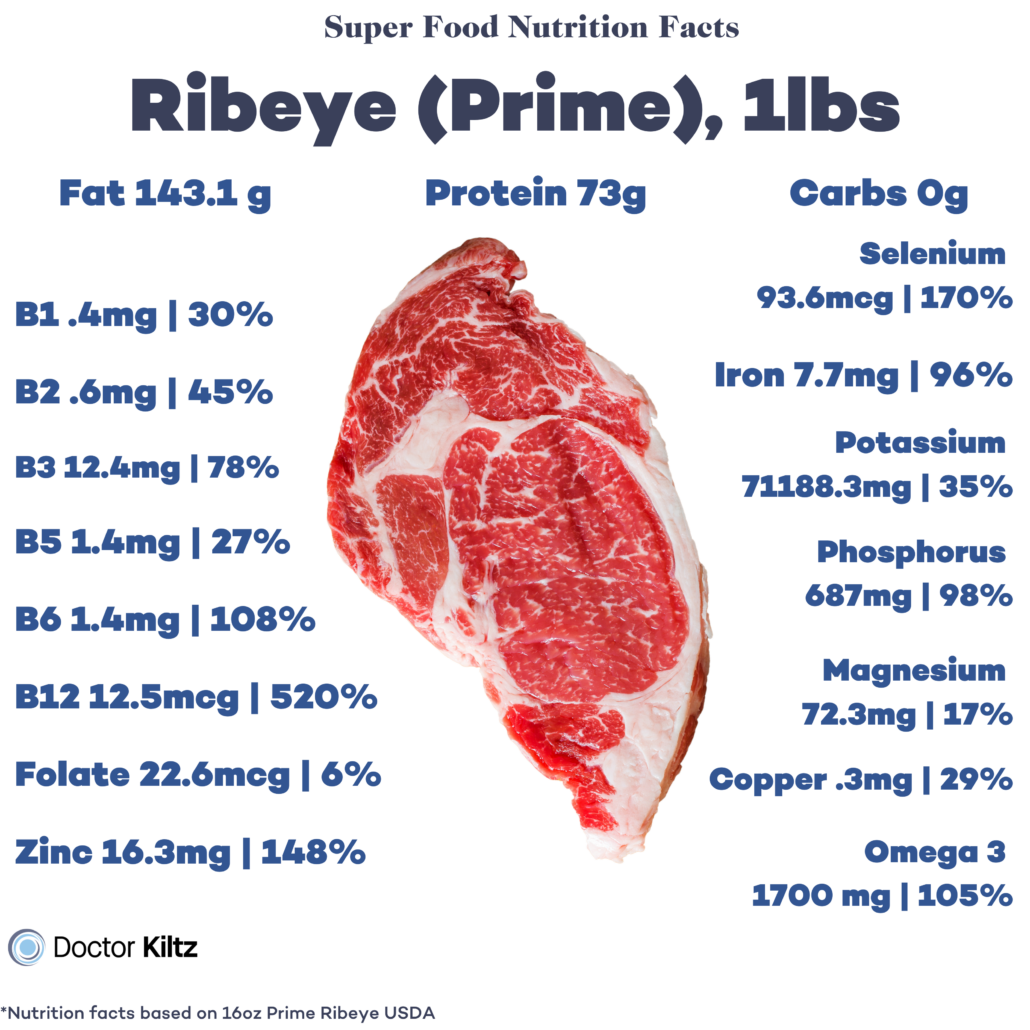
But if all you can afford is some Costco ground beef, by all means, go for that. The carnivore diet is entirely possible on a tight budget.
Dr. Shawn Baker has even promoted Wendy’s fast food burgers without the buns as a viable carnivore diet option on the cheap.
But always be looking for the highest quality meat your money can buy.
11 Eat all the carnivore foods
Don’t forget about eggs, organ meats like liver, along with crustaceans and shellfish. Any food that comes from an animal is fair game.
These alternative meats are great sources of fat, protein, and vitamins.
Liver is so loaded with nutrients, including B vitamins and vitamin A, that it’s considered nature’s premier multivitamin.
Dr. Berry urges carnivores to make beef, duck, chicken, and cod liver as part of their diet from day one.
12 Drink plenty of water
You’ll be flushing liquid, so it’s important to replace it. Focus on still or sparkling water.
You can also drink black coffee or tea. Some carnivore dieters consider these off-limits, but Dr. Berry and Dr. Kiltz are fine with them.
13 Buddy up with your butcher
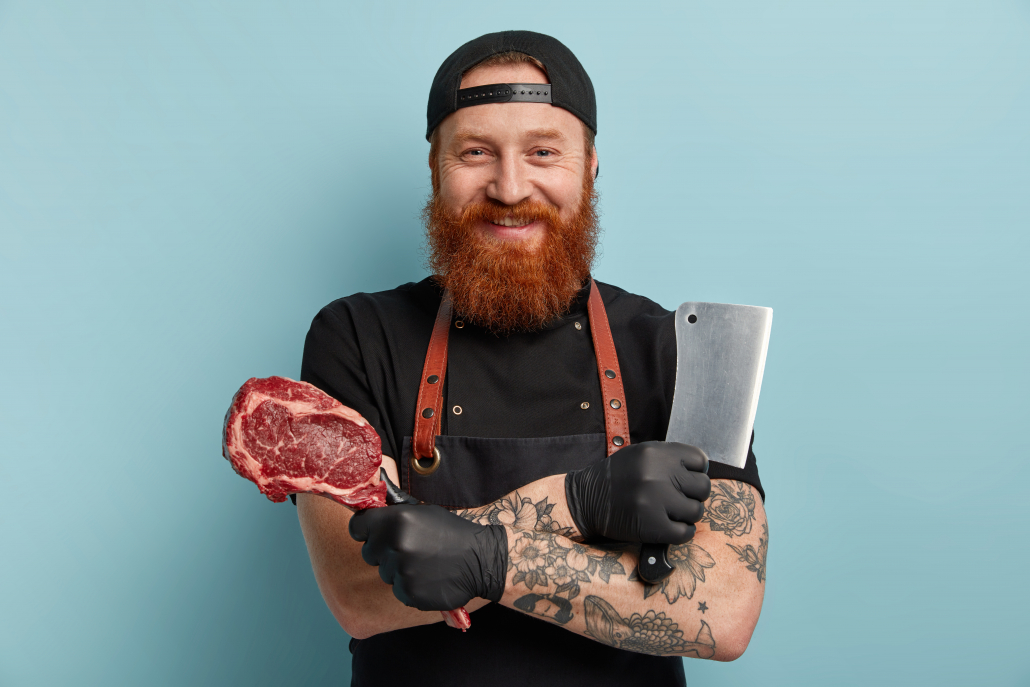
Get to know your local butcher or meat department manager.
These meat aficionados will help you discover new cuts. And from them, you can order cuts with the fat left on.
You can also ask them to save the fat trimmed off from other pieces that you can enjoy or render down into cooking fats.
Butchers are a great source of nose-to-tail meats, literally including ox and cow tail, which are delicious and full of beneficial collagen and glycine.
14 Source local meats
Local farmers and ranchers are happy to sell you high-quality meats at a good price.
They’re also a great way to source fresh and hard-to-find organ meats.
15 Focus on ruminant meats
The most nutrient-rich and complete keto carnivore foods are ruminant meats, including fatty cuts of steak, lamb, bison, and venison.
Ruminant meats make up the majority of meat intake on a Dr. Ken Berry carnivore diet.
Berry says that magic happens inside the stomachs of these ruminant animals as plants are digested into a rich array of vitamins, proteins, and healthy fats.
16 Eat Nose-to-tail
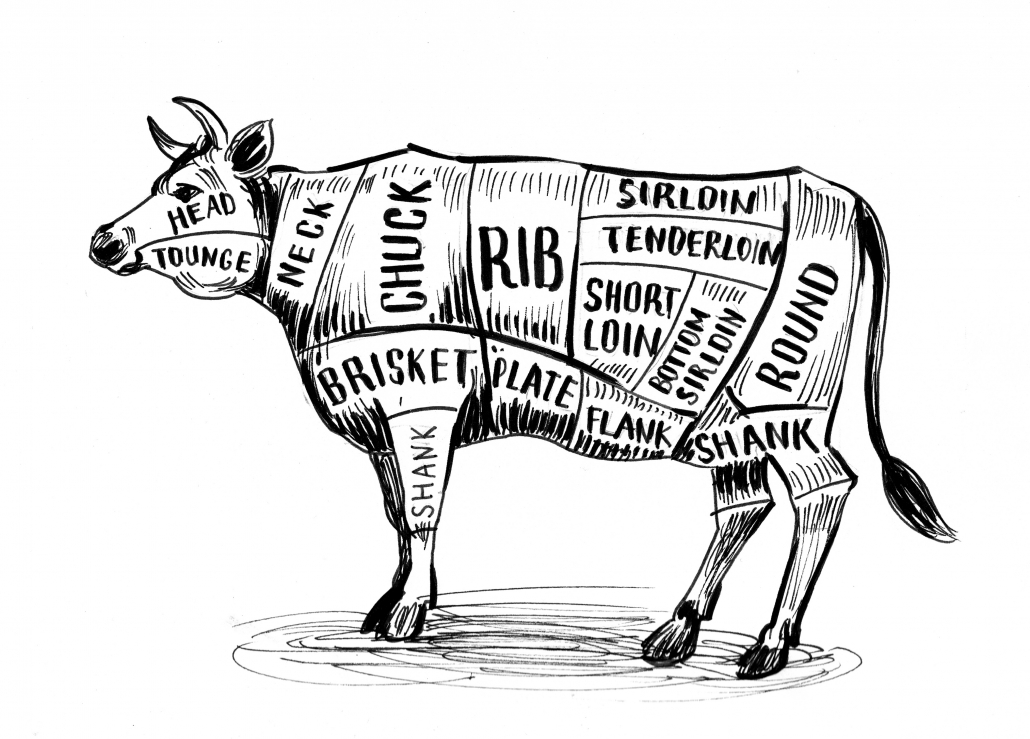
Eating nose-to-tail by including organ meats and unconventional meats mirrors the way our ancestors ate animals.
Nose to tail provides the greatest nutrient density. And it helps us to be the best shepherds we can for animals and our planet. By not wasting any parts, we’re honoring the life of the animal.
17 Don’t fret if you slip up
There will inevitably be times when you’re eating socially, and you’ll end up eating something that isn’t on the carnivore diet food list.
Don’t beat yourself up. Just refocus and recenter.
Remind yourself why you went carnivore, what you have gained, and what your goals are. Then get back on the wagon, no big deal.
18 Carnivore or ketovore?
Dr. Berry points out that some people do better on pure carnivore, while others do better with a ketovore approach that allows for some spices, zero sugar rubs, and a few savory vegetables like garlic and onions.
Though plants are a source of irritating toxins, some people find the carnivore way of life more sustainable with some plant foods without being negatively affected by them.
19 Experiment with your protein-to-fat ratio
Dr Berry shared that he does better when he gets the fat-to-protein ratio as high as he can. The more fat, the better he feels, both mentally and physically.
Dr. Berry boosts his fat by choosing the fattiest cuts and cooking in luscious amounts of fat and butter.
He says he’ll even give the leanest center-cut pieces of meat to his dogs. Interestingly, carnivorous native Americans had been observed doing the same thing back in the early 1900s.
20 Experiment with dairy
Dairy on carnivore isn’t for everyone. If you do choose to consume dairy, choose only full-fat options.
Heavy cream, butter, ghee, full-fat yogurt, sour cream, and creamy carnivore cheeses are good options.
Dr. Berry suggests that if you’re not seeing the benefits you’re looking for on the carnivore diet, go dairy-free. Or use only butter and ghee since they have no milk proteins and are essentially pure fat.
21 Save every bone
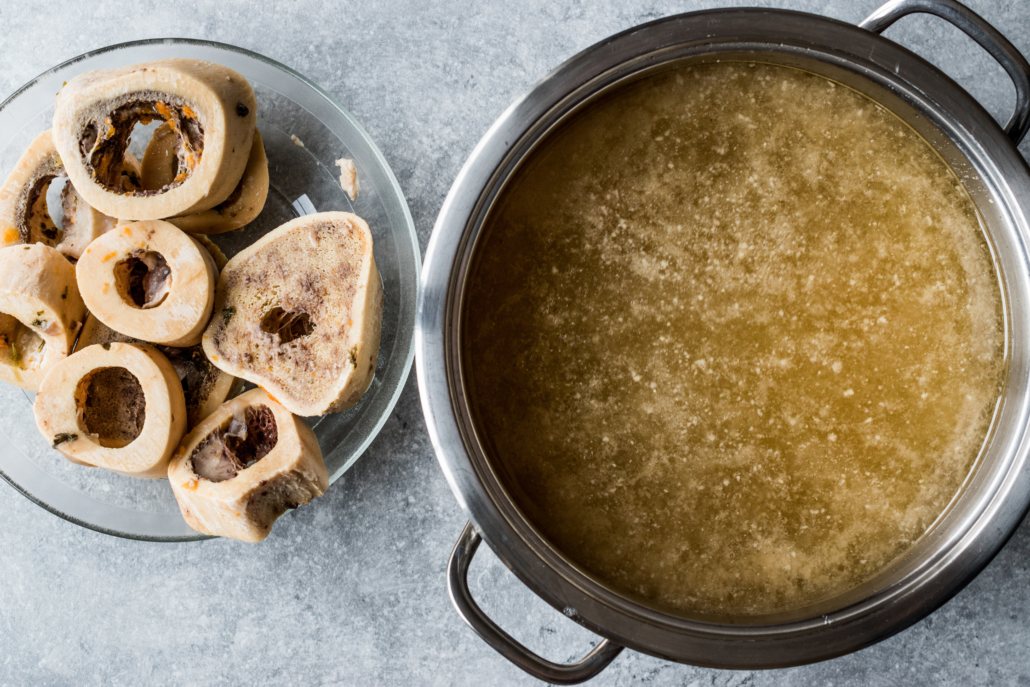
Dr. Berry implores carnivores to save every bone from every meal–beef, pork, chicken, and fish.
He recommends getting a gallon-size ziplock bag and keeping it in the freezer.
Once or twice a week, when it’s full, use all those bones to make a delicious carnivore diet bone broth.
Bone broths unlock minerals and vitamins in the marrow itself. This is also a way of honoring the animal while getting maximum nutrition.
Ken Berry Carnivore Diet Food List
Dr. Berry says that if it used to cluck, moo, oink, or swim then you can eat it!
Start with ruminant meats, and build out from there. And don’t forget the organs.
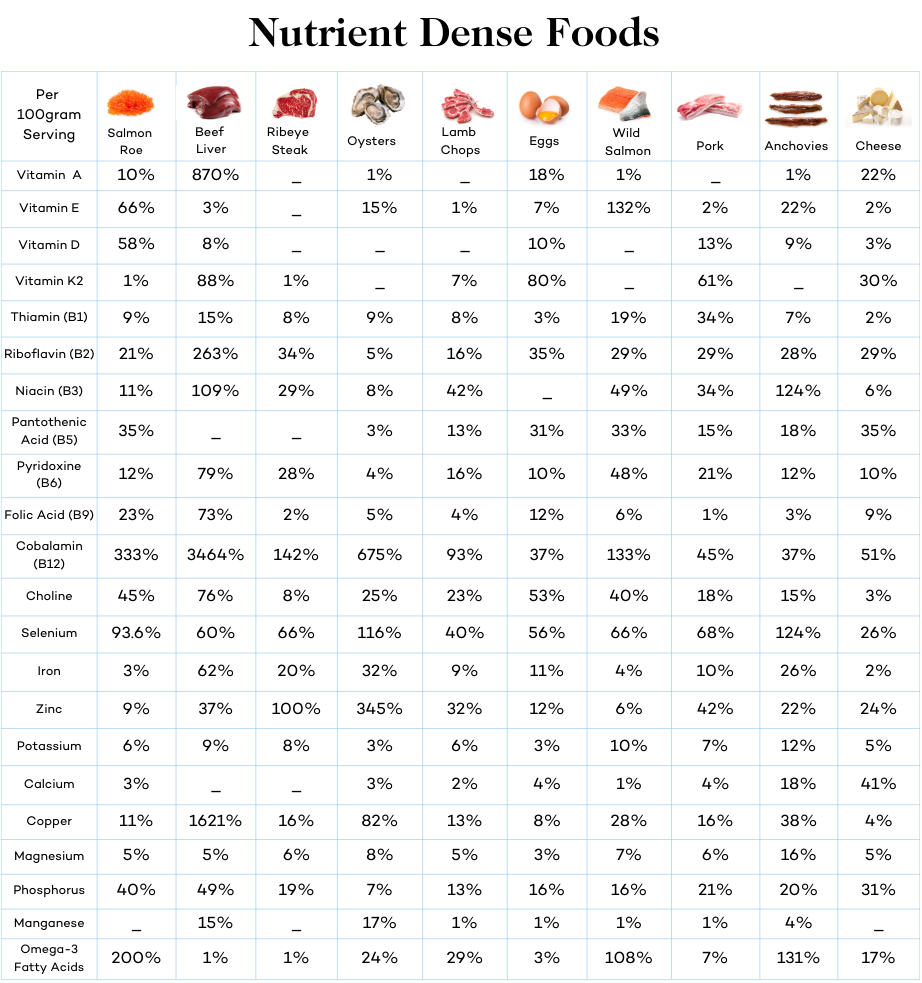
Dr. Ken Berry Carnivore Diet: The Takeaway
Dr. Ken Berry is a family doctor in rural Tennessee who has gained a following for his no-frills approach to using the keto and carnivore diet as the key to health and well-being.
Dr. Berry himself has been a pure carnivore since 2020.
His approach is straightforward and entails eliminating plant foods, focusing on ruminant meats, feasting on 1-3 meals a day, and boosting your fat-to-protein ratio by choosing fatty meats and liberally applying animal cooking fats. He’s also a proponent of nose-to-tail eating that incorporates nutrient-dense organ meats.





















